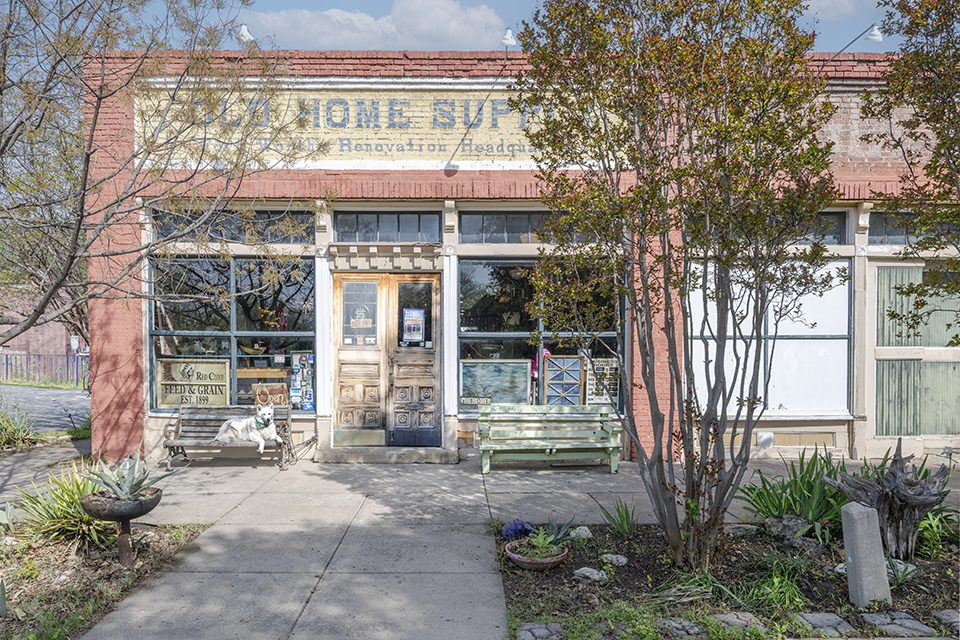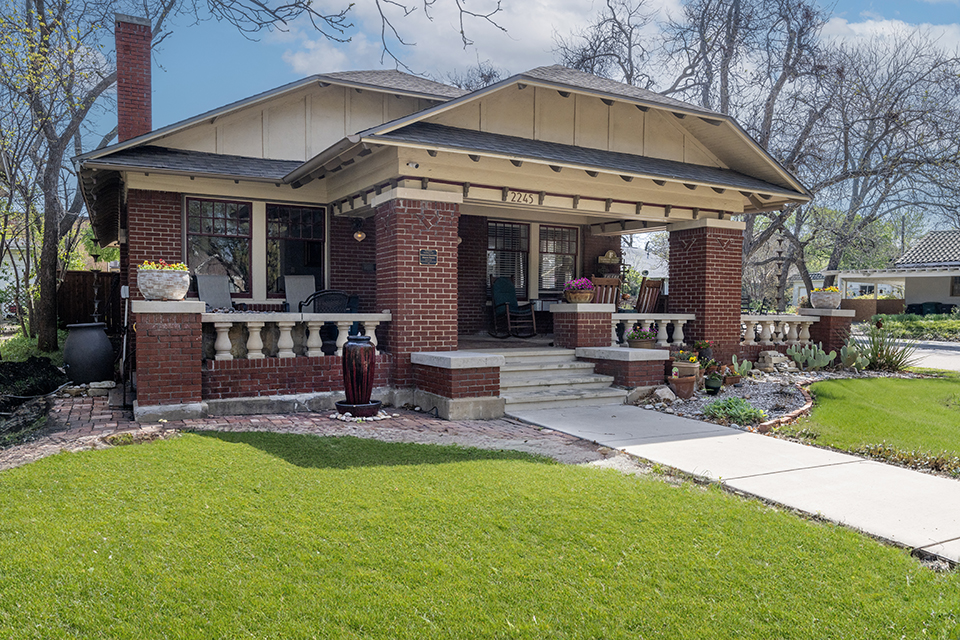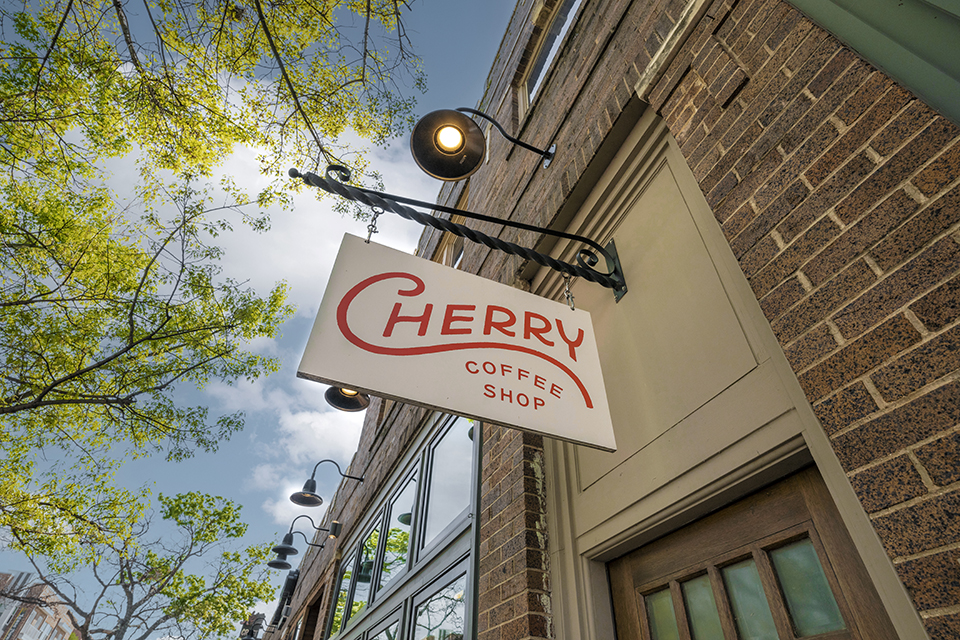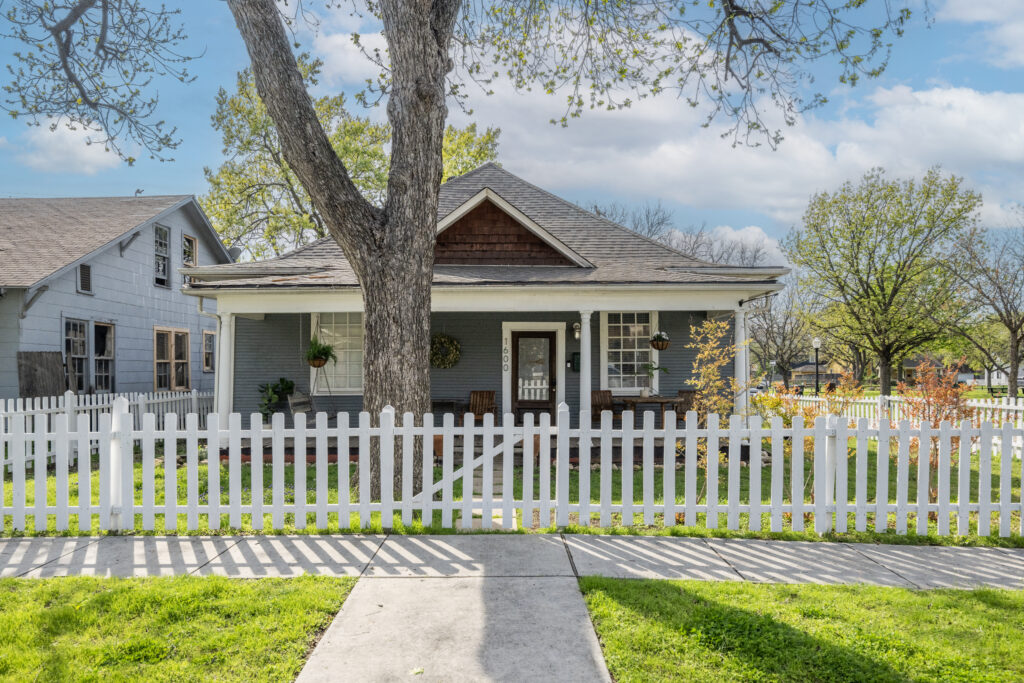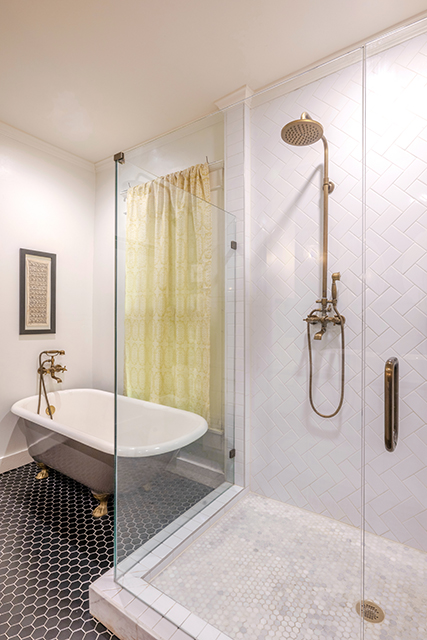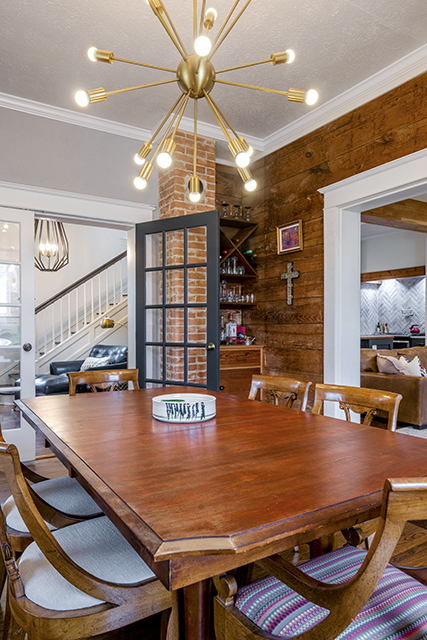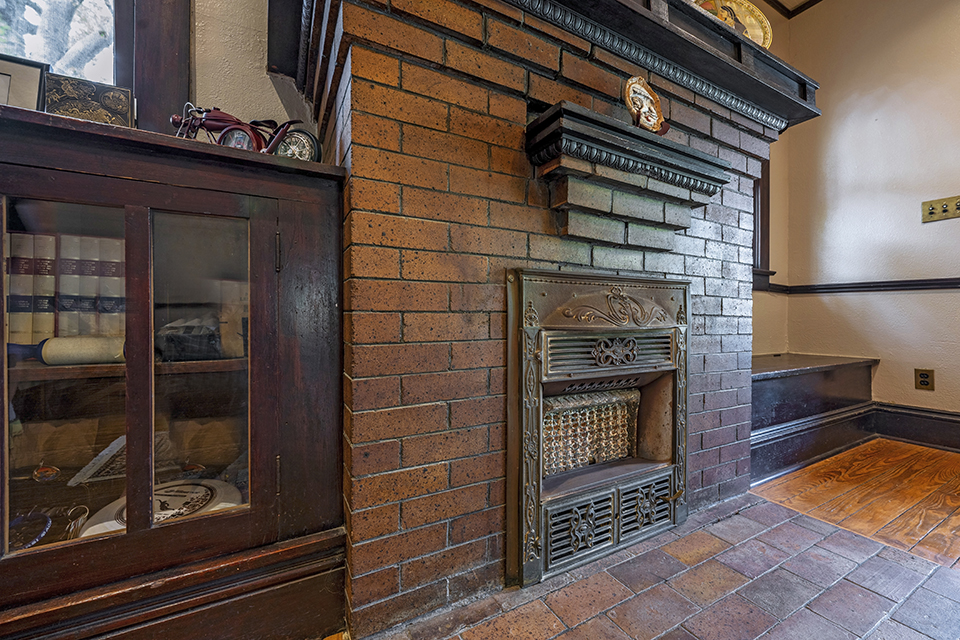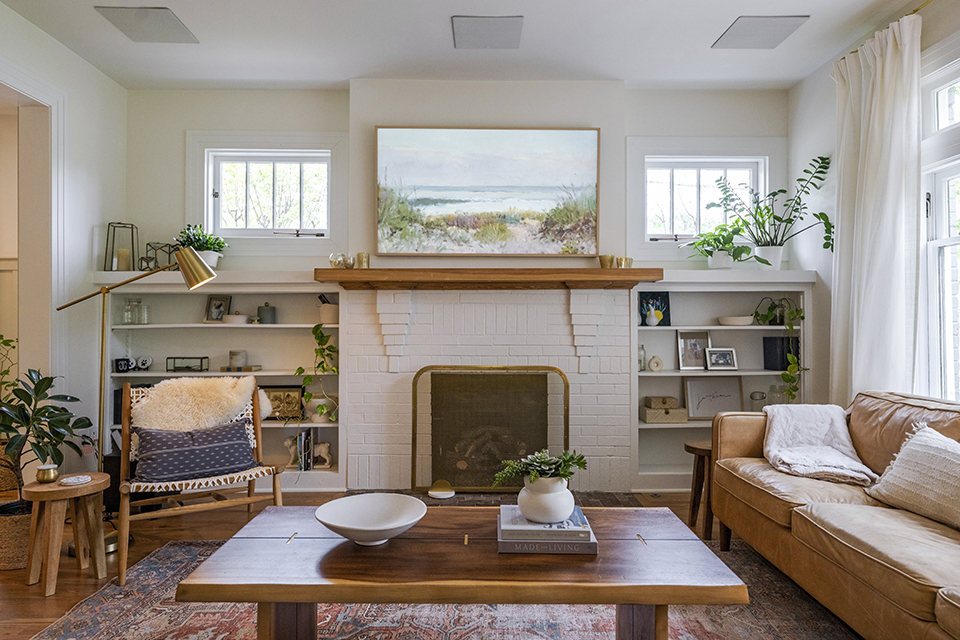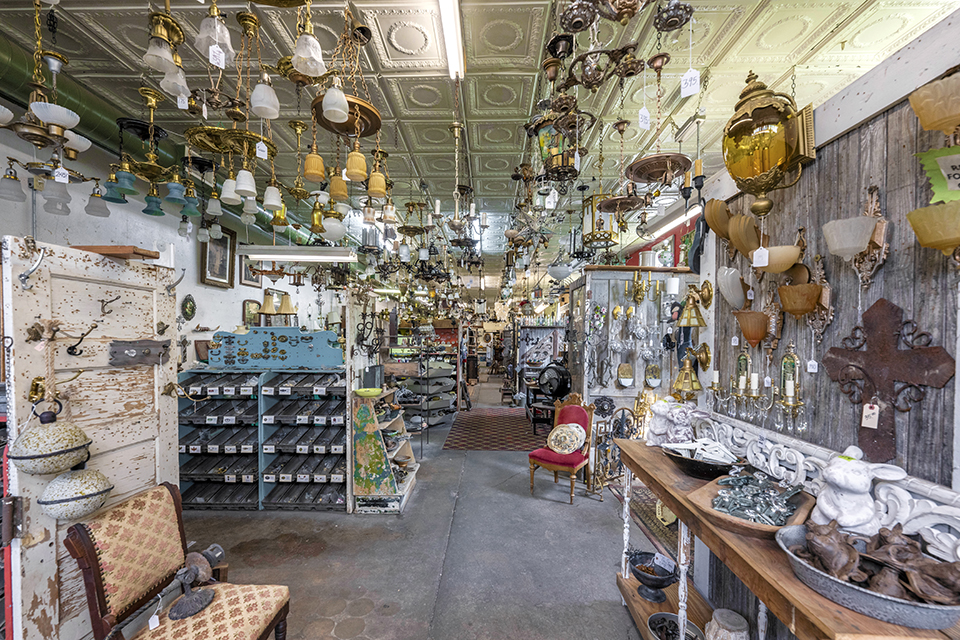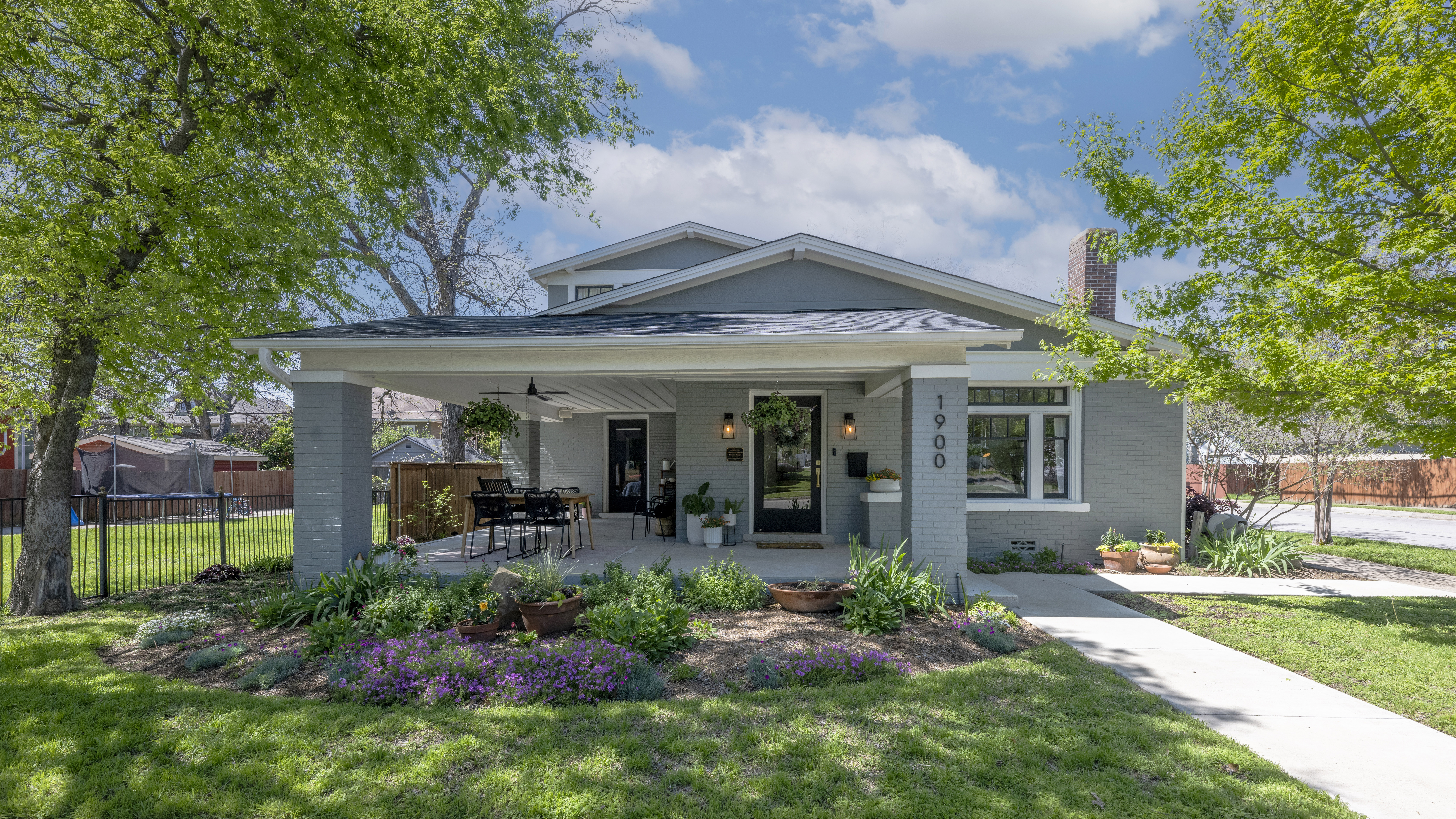
Taking a Stroll Through History
By Tori Couch
Photos by Stacy Luecker and courtesy of Fairmount Tour of Historic Homes
A Fort Worth tradition highlighting one of the nation’s richest collections of turn-of-the-century homes and businesses is right around the corner.
The 42nd annual Fairmount Tour of Historic Homes will be Mother’s Day weekend, May 11-12. The tour runs noon-5 p.m. both days, featuring six homes and two businesses — Old Home Supply and Cherry Coffee.
Tickets are available for purchase in advance online at historicfairmount.com/home-tour for $20 or during the tour days at Arts 5th Avenue, 1628 Fifth Ave., for $25. Proceeds fund neighborhood projects. Individuals interested in volunteering can sign up online to serve as docents and house captains.
“Just be able to spend a lovely day looking at homes and experiencing the passions behind the preservation, the passions behind the history and the excitement and the enthusiasm of the people that get to send you on this adventure, that itself is really fun,” Kelci Cox, the tour’s director of promotions, said.
The Home Tour fair will return for a second year on Saturday from noon-4 p.m. in Fairmount Park with food vendors, local neighborhood artists and other family friendly activities. Saturday’s festivities also include a parade at 10:30 a.m., starting and ending in Fairmount Park.
The tour provided descriptions of the homes and businesses, compiled by historian and longtime Fairmount resident, Michael Tucker-McDermott. Tour-goers will receive addresses when they buy their tickets.
The 2024 Fairmount Tour of Historic Homes will highlight six homes, one of which is being remodeled, and two businesses — Old Home Supply and Cherry Coffee. The homes on tour show how the Fairmount neighborhood has changed over time, preserving the old with modern twists.
Airplane Bungalow (built c. 1919)
So called for its style of wide boxed eaves and a small second story centered on the roof of the bungalow resembling the cockpit of an early airplane. The current owners finished restoration begun by previous owners, adding back the wood plate rail and wainscot they discovered previously existed in the dining room and having every original window in the house rebuilt and restored to working order by local artisans.
American Foursquare (c. 1909)
American Foursquare features a square box-like shape, and often has four openings or pairs on the front, with four rooms downstairs — front entry, living room, dining room and kitchen — and four rooms up — three beds and a bath. Although the interior or exterior plans often varied from this basic start, it generally describes most including this one. Original features include the staircase, original pairs of diamond pane pocket windows in the front entry and the interior wood trim.
Late Queen Anne Vernacular Cottage (c. 1903)
The oldest house on the tour, this work-in-progress has many rare original features and details including all of its old-growth yellow pine stained woodwork, spectacular 9’ tall pocket doors, 11’ ceilings and an original 1903 kitchen with beadboard walls and ceilings. One room even has remnants of its original oil linoleum floor cloth “rug.” The huge original attic space created by the very tall roofline has already been converted to three bedrooms and a full bath.
Brick Bungalow (c. 1921)
The unusual jerkinhead, or clipped gable, rooflines are a unique feature with a concrete wraparound porch. Along the eaves are rows of unusual stepped corbels, an early art deco feature. Inside, the house has wonderful family antiques and some great artwork by Fort Worth artists, including a well-known local architect responsible for the early restoration of some key historic buildings on nearby West Magnolia Avenue, including the beautifully restored Mehl Building at Magnolia and Henderson Street.
Transitional Style (c. 1911)
Transitional refers to having elements of the previous Queen Anne style but also transitioning to the more modern bungalow style. The rooflines are like the Queen Anne — front gable backed by a hipped roof — but these elements are lower set and the boxed eaves wider like the more popular bungalow style. The front porch is made of cast stone concrete block that became very popular after 1905 for only about a decade. The historic interior is almost 100% original with all the beautifully stained woodwork throughout and rare original period light fixtures.
Hipped Roof Vernacular Cottage (c. 1906)
On the north wall of the house is a triplet of highly decorative Queen Anne diamond pane windows that perfectly frame the view from the inside of the neighboring Fairmount Park. The home’s interior was remodeled prior to the current owners, and walls removed so the living, dining and kitchen form one large room. The new owners leaned into decorating with open concept midcentury pieces and kitschy collectibles.
Cherry Coffee Shop, 1121 West Magnolia Avenue (1922)
Shortly after its completion, this brick storefront typical of the 1920s housed the Snyder-Bell Grocery, one of the many corner grocery stores located throughout neighborhoods like Fairmount. A few months later, it moved next door to 1117/1119 in the same commercial block. Among the other businesses within the same row of 1922 buildings was Fort Worth’s first Greek restaurant. After the grocery moved next door, 1121 then became Lowe’s Pharmacy and remained so for the next few decades.
Old Home Supply, 1801 College Avenue (1918-1935)
Owner Ralph Watterson was one of the earliest original “urban pioneers” moving to what was then only known as the Old Southside in the late ’70s. He collected enough salvage by scouring old houses on the Old Southside that were scheduled for demolition to open a shop in what was the former Piggly Wiggly Grocery Store at the southeast corner of College and Jefferson Street. This became the main store and Watterson soon bought the entire commercial four corners at the intersection, filling them to capacity with goods for sale.



